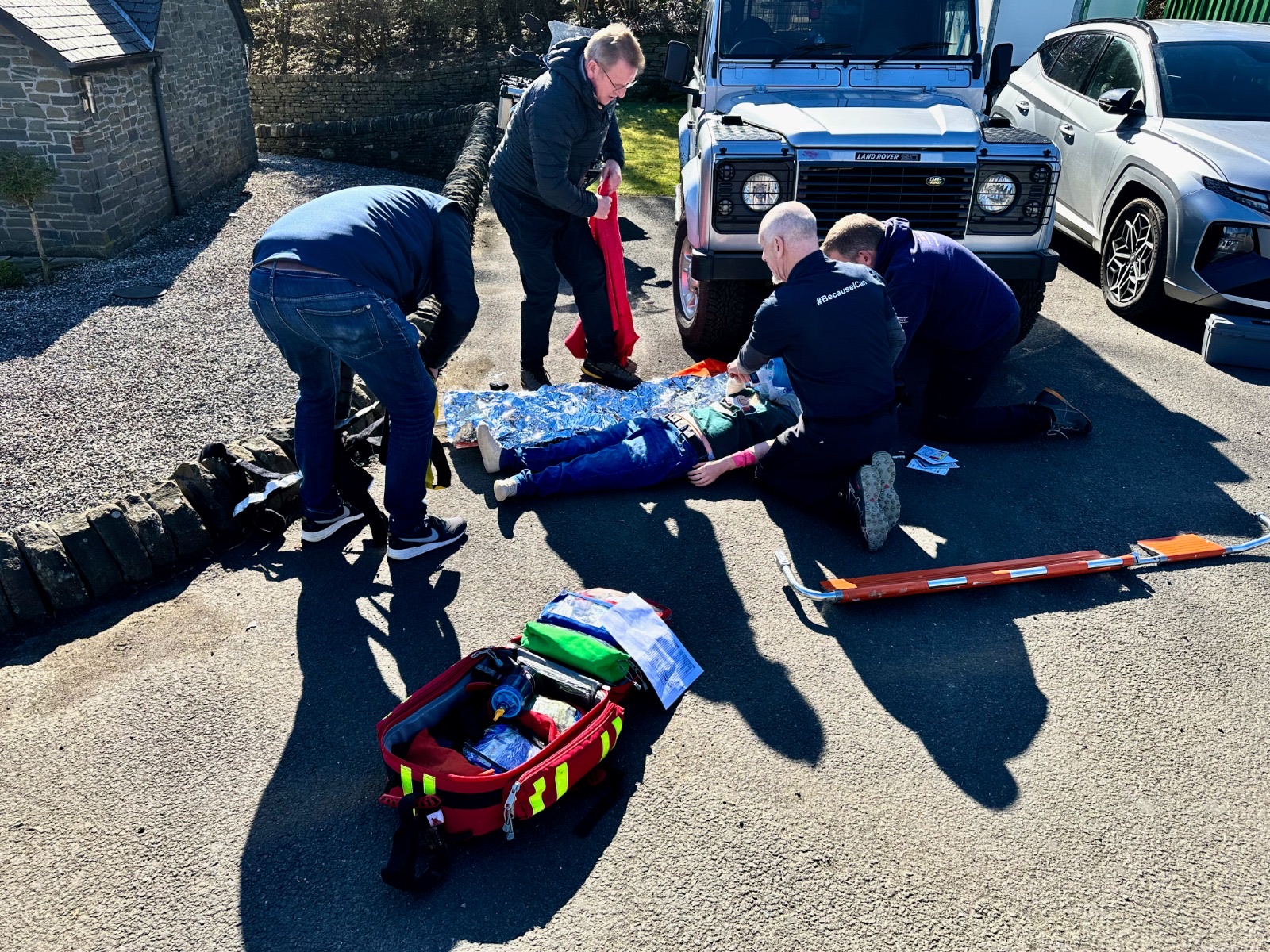The first aid kit, now a vital tool for emergency care, has its roots in the late 19th century.
In 1888, Robert Wood Johson, a co-founder of Johnson & Johnson the American pharmaceutical company, recognised the lack of accessible medical supplies for injured railway workers whilst on a train to Colorado. It was on this journey that a conversation was struck up between Mr Johnson and the railway lines chief surgeon. The doctor went on to explain that the dangers of railroad construction coupled with the lack of medical care facilities often caused large numbers of fatalities. It was estimated that around 12,000 railway workers were dying from injuries every year. Recognising an opportunity to help and to generate business, Robert Johnson collaborated with medical professionals to create a portable kit containing bandages, antiseptics, and treatment instructions. This innovation became the first commercial first aid kit, designed specifically for the railway industry.
The concept rapidly expanded to other industries, in the home, and for military use. During WW1, soldiers carried compact kits equipped with essential items for treating battlefield injuries. These wartime developments shaped the modern first aid kit, making it more versatile and practical.
Today, first aid kits are available in various forms, customised for workplaces, outdoor activities/sports, and for wider emergencies. They also now include advanced tools including tourniquets and automated external defibrillators (AEDs).
The evolution of the first aid kit reflects a commitment to saving lives, ensuring that help is within reach in times of need. It remains a symbol of preparedness and care worldwide.
